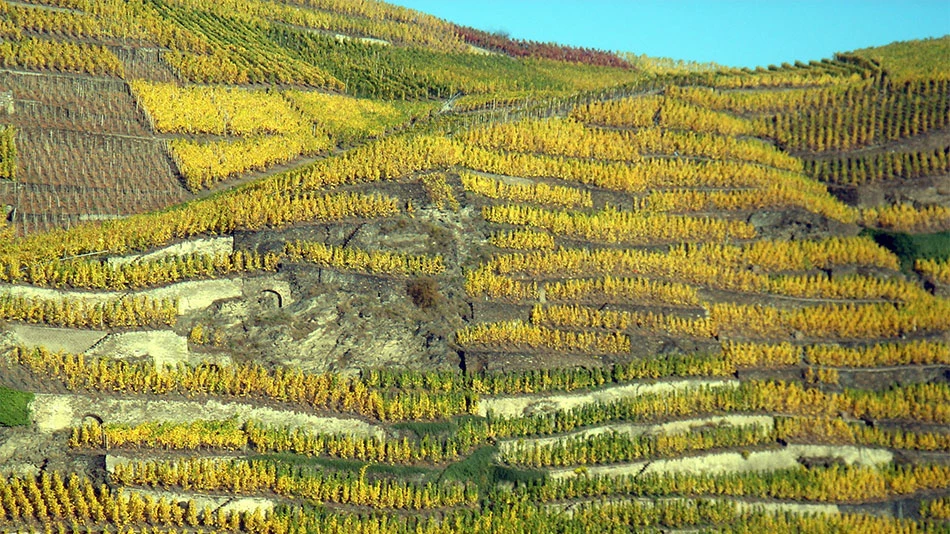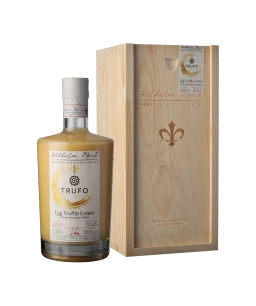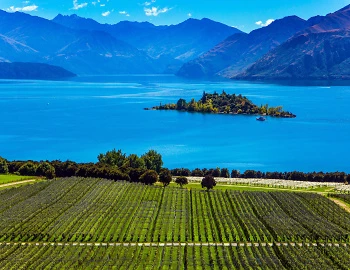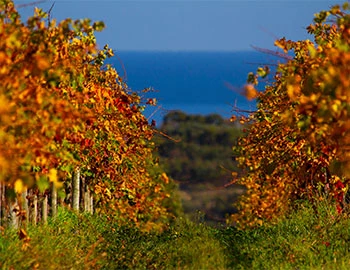Germany
Germany – Into the elite the hard way
Sitting in the heart of Europe, the hilly, lake-dotted landscape of Germany provides ideal, fertile soil for the most diverse vine varieties. From Albalonga to Zweigelt, over 140 different grape varieties are grown on about 100,000 acres, cared for by nearly 50,000 vintners. Most of these vintners are young, modern, internationally trained, inquisitive and urbane. It is hardly surprising, then, that German wine has a good reputation well beyond the country's borders.
Sparkling wines from Germany
White wines from Germany
Red wines from Germany
Sweet wines from Germany
Spirits from Germany
Delicatessen from Germany
The conquest of Gaul by Julius Caesar brought Roman viticulture from the Rhone Valley to the Rhine. German viticulture was so widespread in the 5th century that “Salic Law” was enacted. Among these laws was the criminalization of the theft of vines.
Emperor Charlemagne (742-814) loved wine. Thus, he allowed whole forests to be cleared for the planting of vines across Spain, Hungary, Italy and Champagne.
Monks and the world's largest wine empire
The Cistercian Order had a large influence on the refined wineries. Thousands of monasteries across Europe founded them, and professionally oversaw the selection of vine varieties, their care, and the production of wine. In the 12th century, twelve Burgundian monks in present-day Rheingau founded the Eberbach monastery, which quickly developed – with 200 new offshoots – into the largest wine-producing business in the world at the time.
Stagnation, standstill, shrinkage.
The largest vineyard was established in the 15th century, with around 400,000 hectares. However, the Thirty Years War (1618-1648) caused such devastation that German viticulture only recovered very slowly and with great difficulty. Much of the vineyard was simply not replanted with vines.
The rise of beer strained the wine industry further, and wine became increasingly expensive and scarce.
In 1860, the phylloxera epidemic wrought further hardship and devastation.
The two World Wars in the first half of the 20th century provoked a major recession, and total vineyard area shrank to less than 50,000 hectares by 1945, with exports reaching their all-time low.
Ready for the future
Then, in the 1950s, things slowly took a turn for the better.
Today, an average 10 million hectoliters of German wine are produced each year, of which about 1 million are exported around the world. Demand for German wine is the highest in Great Britain, the USA, China, Japan, Holland, and Switzerland.
Internationally, Germany is seen as a classic white wine country. Riesling is held in particularly high esteem. Demand for German reds, however, is increasing, which has led to a doubling of the cultivation area for red varieties in recent years. Red varieties now represent approximately 35 percent of Germany’s total wine cultivation area.























